Industrial Valves
Industrial valves are critical components in piping systems and fluid transfer operations, designed to **control pressure, flow rate, and fluid direction**. Depending on operational requirements and working conditions, they come in a wide range of types. **Gate valves** are used for full shut-off applications and are typically produced in sizes ranging from **DN50 to DN1200**, with pressure classes from **PN10 to PN40** and standards such as **ANSI Class 150 to 600**. **Globe valves**, designed for precise flow regulation, feature an S-shaped flow path which causes higher pressure drop, and are available in sizes **DN15 to DN600** with pressure ratings from **PN16 to PN100**. **Ball valves**, well-known for their **tight sealing and quick 90-degree operation**, are manufactured in sizes from **1/2 inch to 24 inches**, with working pressures ranging from **150 to 2500 psi**. **Butterfly valves**, ideal for large systems with space constraints, are commonly available in dimensions from **DN50 to DN2000**, with pressure classes of **PN6 to PN25**, serving various industries.
Depending on the application, industrial valves feature different material specifications and technical standards. In oil, gas, and petrochemical sectors, valves are commonly made of **carbon steel ASTM A216 WCB** or **stainless steel ASTM A351 CF8M** and certified under standards such as **API 600, API 6D, or ANSI B16.34**. For high-temperature applications up to **+450°C** and working pressures up to **250 bar 25 MPa**, special high-pressure valves are used. In food and pharmaceutical industries, **316L stainless steel** is typically selected for valve bodies, offering polished surfaces suitable for hygienic requirements, compliant with **FDA and 3A Sanitary** standards. Adhering to these specifications and selecting valves according to **fluid type, pressure, and operating temperature** plays a critical role in minimizing leakage risks, extending equipment lifespan, and optimizing industrial processes.
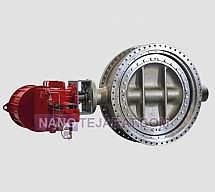
Orton Butterfly Valve
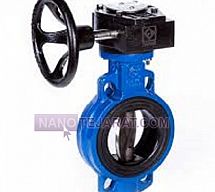
Farab Butterfly Valve

Ebro Butterfly Valve
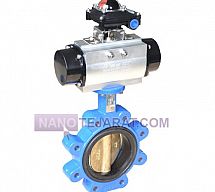
Pneumatic Butterfly Valve
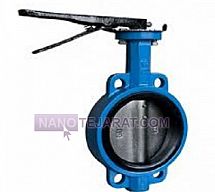
Kitz Butterfly Valve
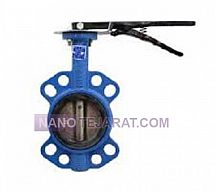
Keystone Butterfly Valve
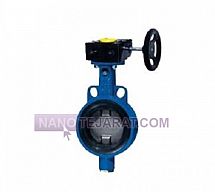
MIRAB Butterfly Valve
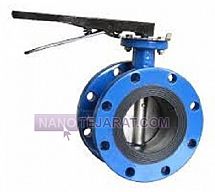
Flanged Butterfly Valve
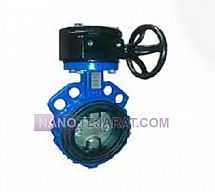
Gearbox Butterfly Valve
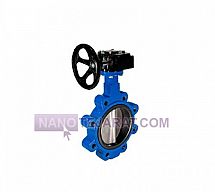
Wafer butterfly valve
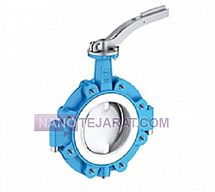
PTFE Butterfly Valve
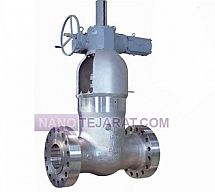
PK Valve Ball
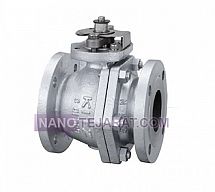
Kitz Ball Valve
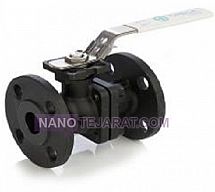
Nippon ball valve
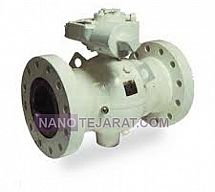
Cameron Ball Valve
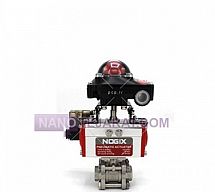
Ball valve with Nojix actuator
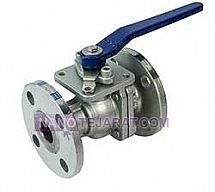
Steel Ball Valve
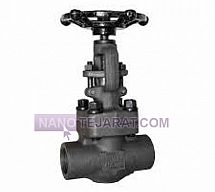
Bonney Forge Gate Valve
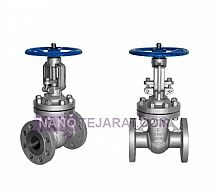
Orion gate valve
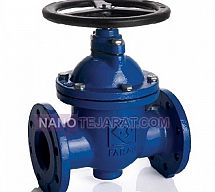
Farab sliding gate valve
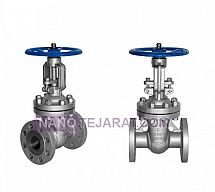
Persta gate valve
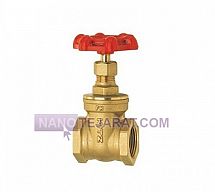
Kitz gate valve
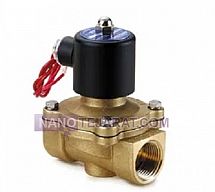
UNI-D solenoid valve
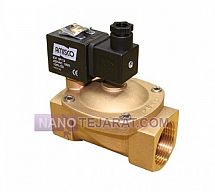
Gevax Solenoid Valve
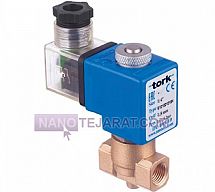
Tork solenoid valve
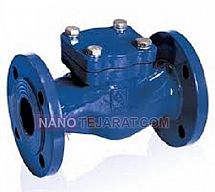
Farab check valve
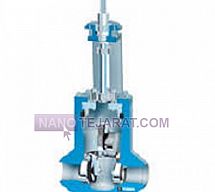
Persta swing check valve
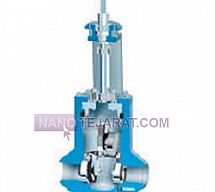
Persta non-return line stop valve
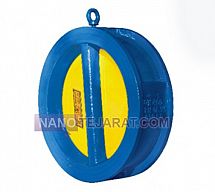
Wafer Check Valve

CIM check valve
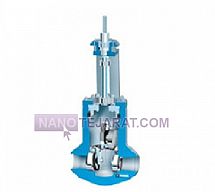
Persta Needle Valve

Accordion Needle Valve or Hot Oil Globe Valve
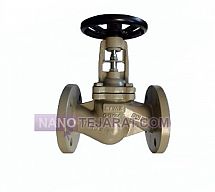
Manual Bellows Seal Needle Valve
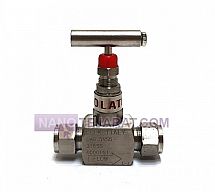
Bulk Needle Valve

KITZ needle valve
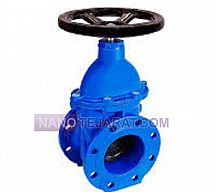
Mirab Rubber Wedge Gate Valve
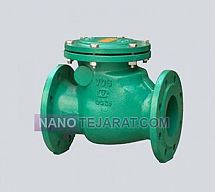
Automatic Swing Check Valve Flanged vogiran

VOG Iran Figure 275 Wafer Type Disc Check Valve

Vog Iran 90-Degree Bellows-Sealed Needle Valve Figure 235
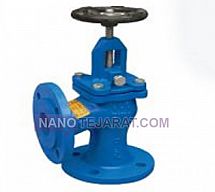
Figure 215 Simple Needle Valve by VOG Iran
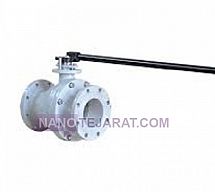
Figure 234 Belleville spring needle valve by VOG Iran
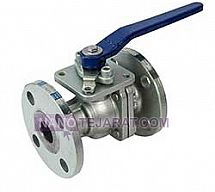
VOG Iran Butterfly Valve Figure 497
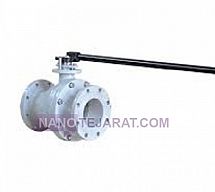
Vog Iran Figure 565 Ball Valve
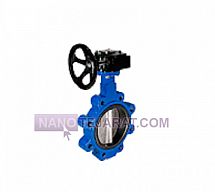
VOG IRAN Wafer Type Butterfly Valve with Gearbox

VOG Iran Wafer Type Butterfly Valve
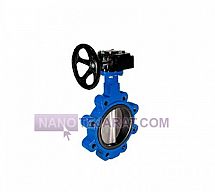
VOG Iran Wafer Type Butterfly Valve
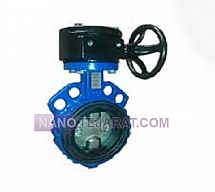
VOG Iran wafer-type butterfly valve with gearbox
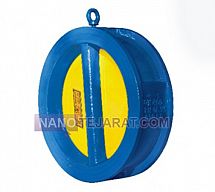
VOG Iran wafer-type double disc check valve
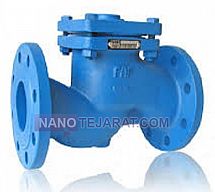
VOG Iran Swing Check Valve
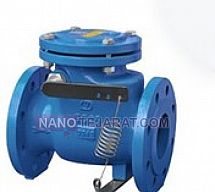
The spring-loaded hammer check valve VOG IRAN
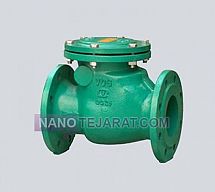
VOG IRAN lever weight check valve

Check valve wafer type PN16 VOG Iran
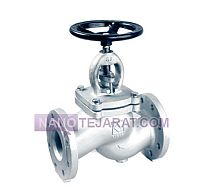
Farab steam globe valve model GLS16
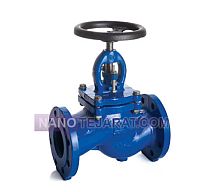
Farab globe valve model GLB16
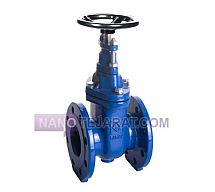
Farab metal seated gate valve model GVG10

Farab metal seated gate valve model GVO10
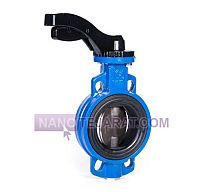
Farab wafer type butterfly valve Class 150 model BVW150
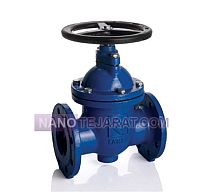
Farab metal seated gate valve with bronze rings model GVB16
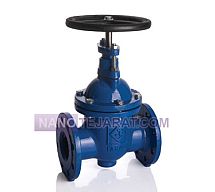
Farab metal seated gate valve with stainless rings model GVS25
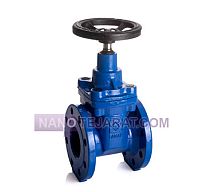
Farab rubber seated gate valve model GSS16
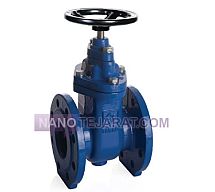
Farab metal seated O-ring gate valve model GVO16
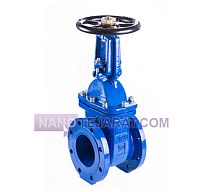
Farab rising stem metal seated gate valve model GVMO16
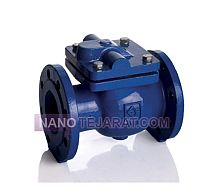
Farab metal seated swing check valve model CKM16

Farab rubber seated check valve model CKR16
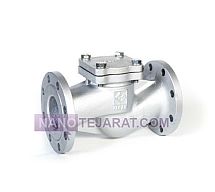
Farab cast iron lift check valve for steam model LCS16
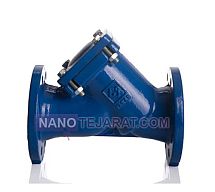
Farab strainer valve model STR16
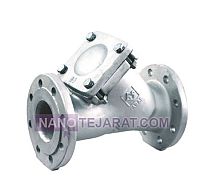
Farab steam strainer model STS16
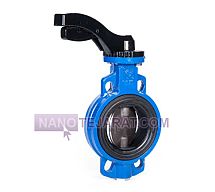
Farab lever-operated wafer butterfly valve model BVW16

Farab bellows seal globe valve model GBL16
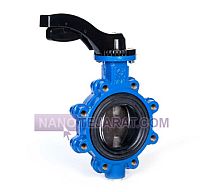
Farab lever-operated lug butterfly valve model BVL16
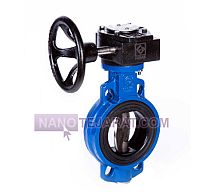
Farab gear-operated wafer butterfly valve model BVG16
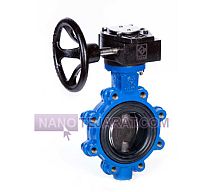
Farab gear-operated lug butterfly valve model BLG16
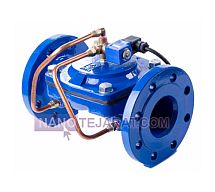
Farab electric and manual diaphragm control valve model DLG16
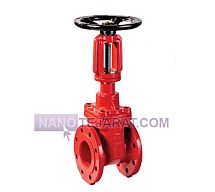
Farab rising stem rubber seated gate valve model GVSO16
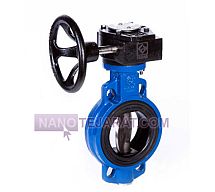
Farab gear-operated wafer butterfly valve model BWG150
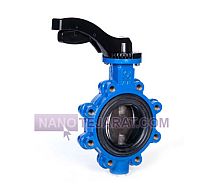
Farab lever-operated lug butterfly valve model BVL150
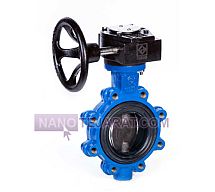
Farab gear-operated lug butterfly valve model BLG150
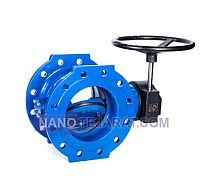
Farab flanged butterfly valve model BFY16
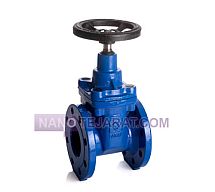
Farab rubber seated gate valve model GSS25
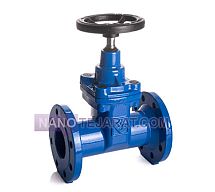
Farab rubber seated gate valve model GSS150
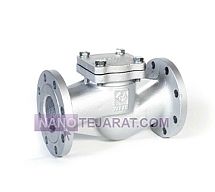
Farab steel check valve model LCC16
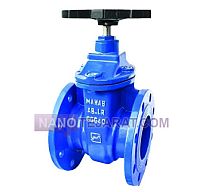
mahab metal-seated gate valve
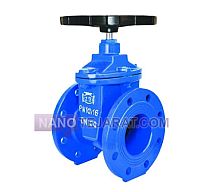
Mahab Rubber-Seated Gate Valve
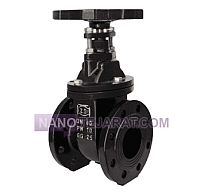
Mahab Bituminous Coated Metal Gate Valve
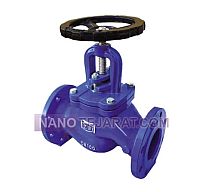
mahab needle gate valve features
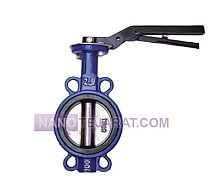
mahab clutch- and gearbox-operated wafer gate valve
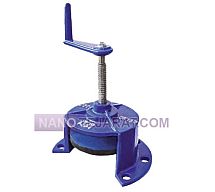
Mahab chamber gate valve
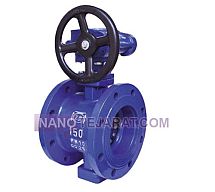
Mahab flanged butterfly valve
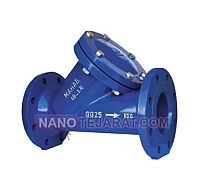
Mahab cast iron strainer valve
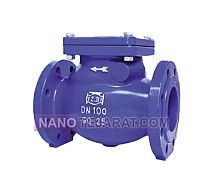
Mahab cast iron check valve
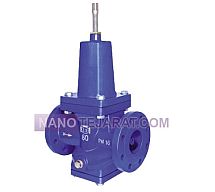
Mahab pressure reducing valve
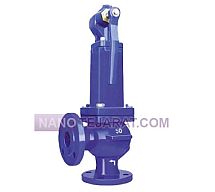
Mahab safety relief valve
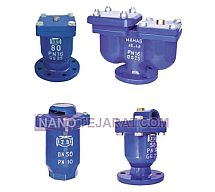
Mahab air release valve

Mahab wafer type three-way valve
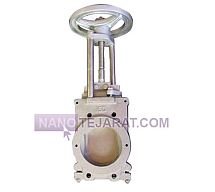
Mahab knife gate valve
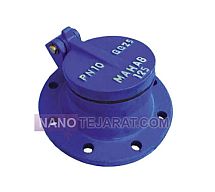
Mahab drain valve
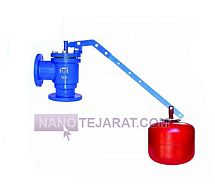
Mahab hydromechanical float valve
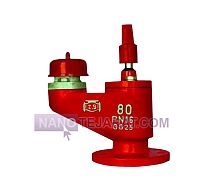
Mahab underground fire hydrant valve
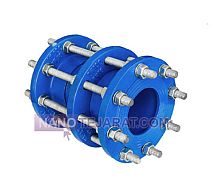
Mahab dismantling joint
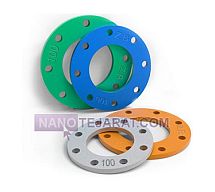
Mahab cast iron ring
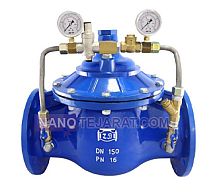
Mahab pilot operated pressure reducing valve
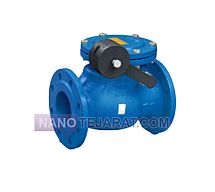
Vogiran lever and weight swing check valve PN16

Vogiran swing check valve PN16
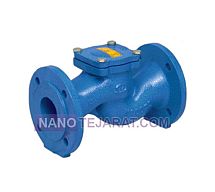
Vogiran spring-loaded check valve PN16
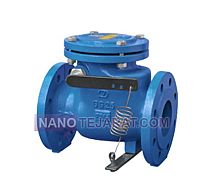
Vogiran anti-water hammer spring check valve PN16
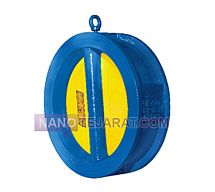
Vogiran dual plate wafer check valve PN16
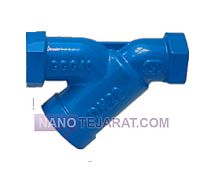
Vogiran threaded strainer valve
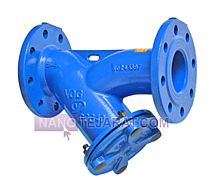
Vogiran flanged Y-type strainer
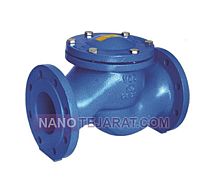
Vogiran basket strainer
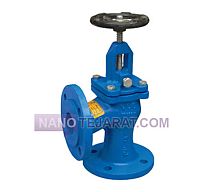
Vogiran 90-degree angle globe valve PN16
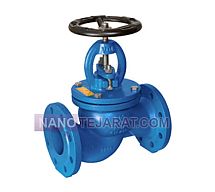
Vogiran straight spring check valve PN16
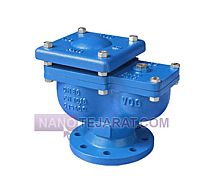
Vogiran dual-orifice automatic air vent PN16
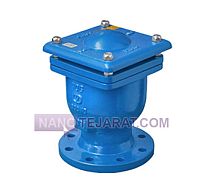
Vogiran single large orifice automatic air vent PN16
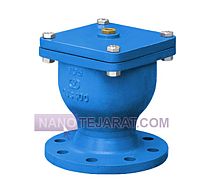
Vogiran single small orifice automatic air vent PN16
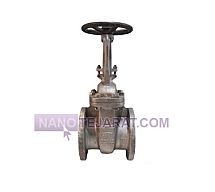
Kitz 6-inch flanged gate valve
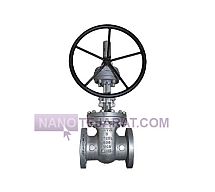
Kitz Class 300 6-inch flanged gate valve
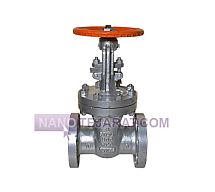
Kitz 3-inch Class 300 flanged gate valve
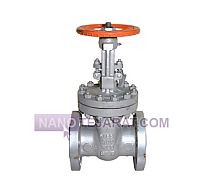
Kitz 4-inch Class 300 flanged gate valve
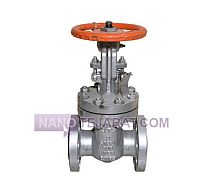
Kitz 2-inch Class 300 gate valve

Kitz 2-inch Class 300 stainless steel gate valve
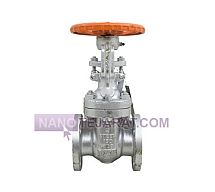
Kitz 2-inch Class 150 flanged gate valve

Kitz 3-inch Class 300 flanged gate valve
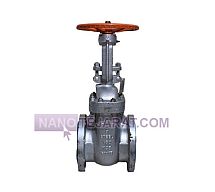
Kitz 6-inch steel flanged gate valve
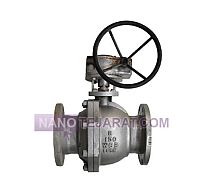
Kitz 6-inch flanged ball valve
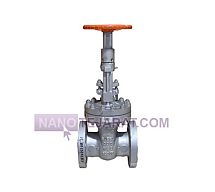
Kitz 4-inch Class 300 flanged gate valve
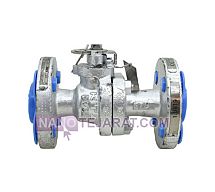
Kitz 1/2-inch Class 300 steel ball valve
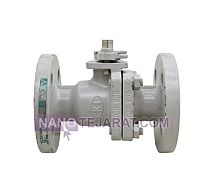
Kitz 1-inch Class 300 steel ball valve
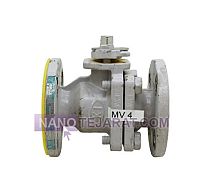
Kitz 1-inch Class 150 steel ball valve
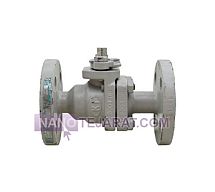
Kitz 1/2-inch Class 300 steel ball valve
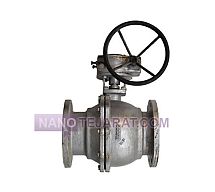
Kitz 8-inch flanged ball valve
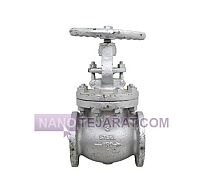
Kitz 3-inch Class 150 steel globe valve
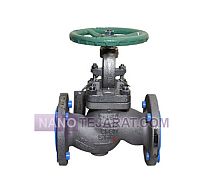
Kitz 2-inch stainless steel ball valve

Kitz 2-inch Class 600 carbon steel ball valve
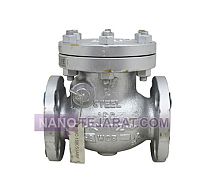
Kitz 2-inch Class 150 swing check valve
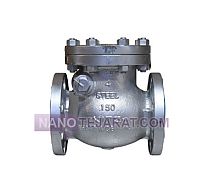
Kitz 4-inch swing check valve
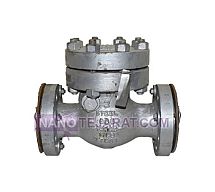
Kitz 2-inch Class 600 swing check valve









































































































































